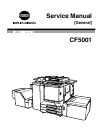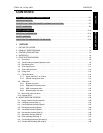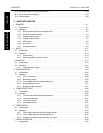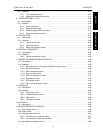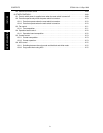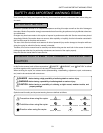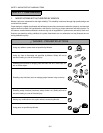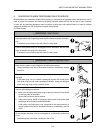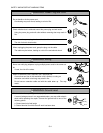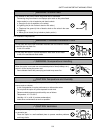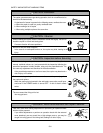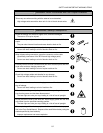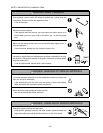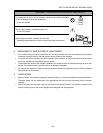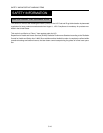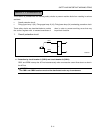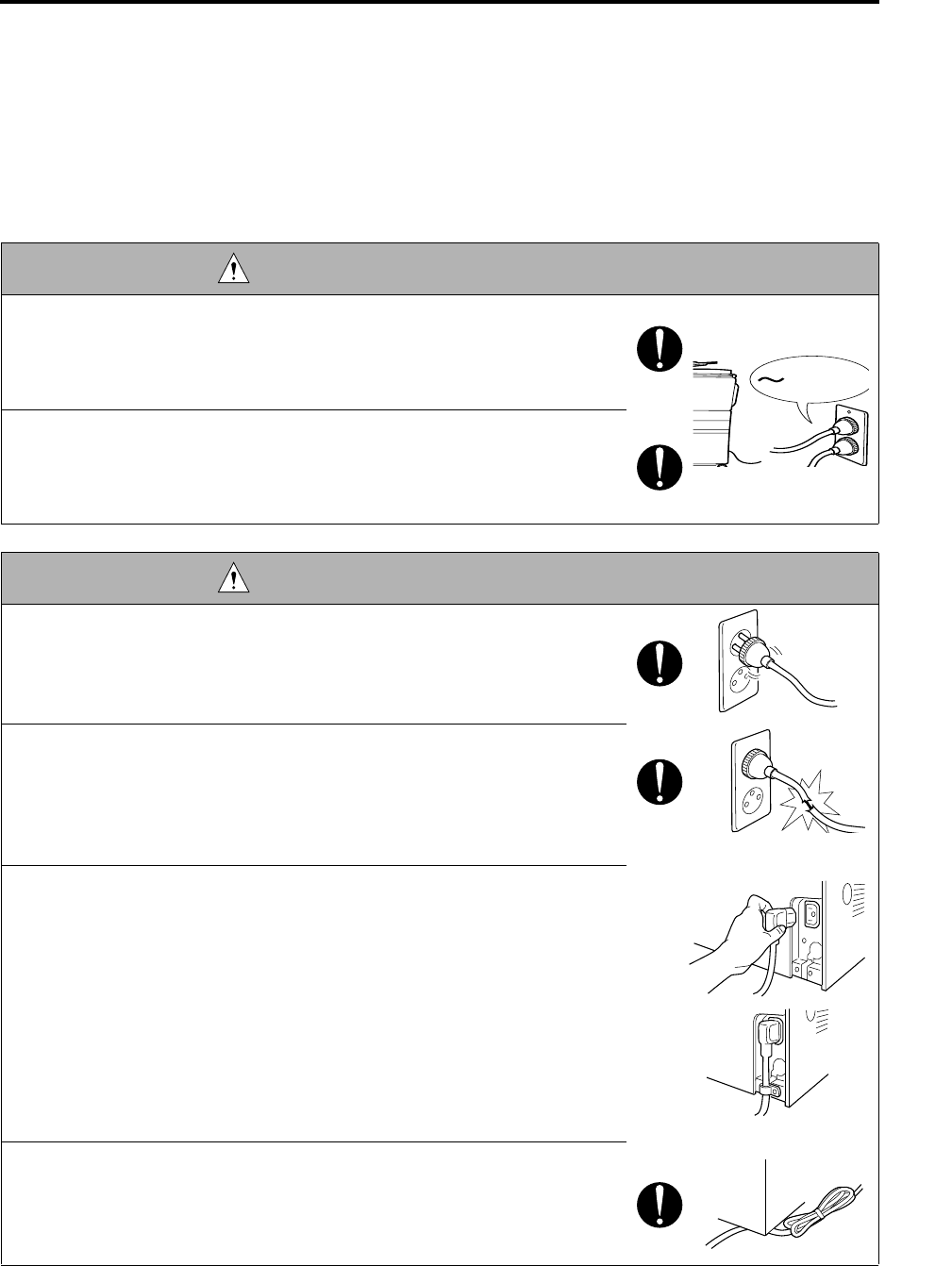
SAFETY AND IMPORTANT WARNING ITEMS
S-3
2. CHECKPOINTS WHEN PERFORMING ON-SITE SERVICE
Minolta copiers are extensively tested before shipping, to ensure that all applicable safety standards are met, in
order to protect the customer and customer engineer (hereafter called the CE) from the risk of injury. However,
in daily use, any electrical equipment may be subject to parts wear and eventual failure. In order to maintain
safety and reliability, the CE must perform regular safety checks.
2.1 Power Supply
WARNING: Wall Outlet
• Check that main voltage is as specified. Plug the power cord into the dedi-
cated wall outlet with a capacity greater than the maximum power consump-
tion.
If excessive current flows in the wall outlet, fire may result.
• If two or more power cords can be plugged into the wall outlet, the total load
must not exceed the rating of the wall outlet.
If excessive current flows in the wall outlet, fire may result.
WARNING: Power Plug and Cord
• Make sure the power cord is plugged in the wall outlet securely.
Contact problems may lead to increased resistance, overheating, and the
risk of fire.
• Check whether the power cord is damaged. Check whether the sheath is
damaged.
If the power plug, cord, or sheath is damaged, replace with a new power
cord (with plugs on both ends) specified by Minolta. Using the damaged
power cord may result in fire or electric shock.
• When using the power cord (inlet type) that came with this copier, be sure to
observe the following precautions:
a. Make sure the copier-side power plug is securely inserted in the socket
on the rear panel of the copier.
Secure the cord with a fixture properly.
b. If the power cord or sheath is damaged, replace with a new power cord
(with plugs on both ends) specified by Minolta.
If the power cord (inlet type) is not connected to the copier securely, a
contact problem may lead to increased resistance, overheating, and risk
of fire.
• Check whether the power cord is not stepped on or pinched by a table and
so on.
Overheating may occur there, leading to a risk of fire.
kw



